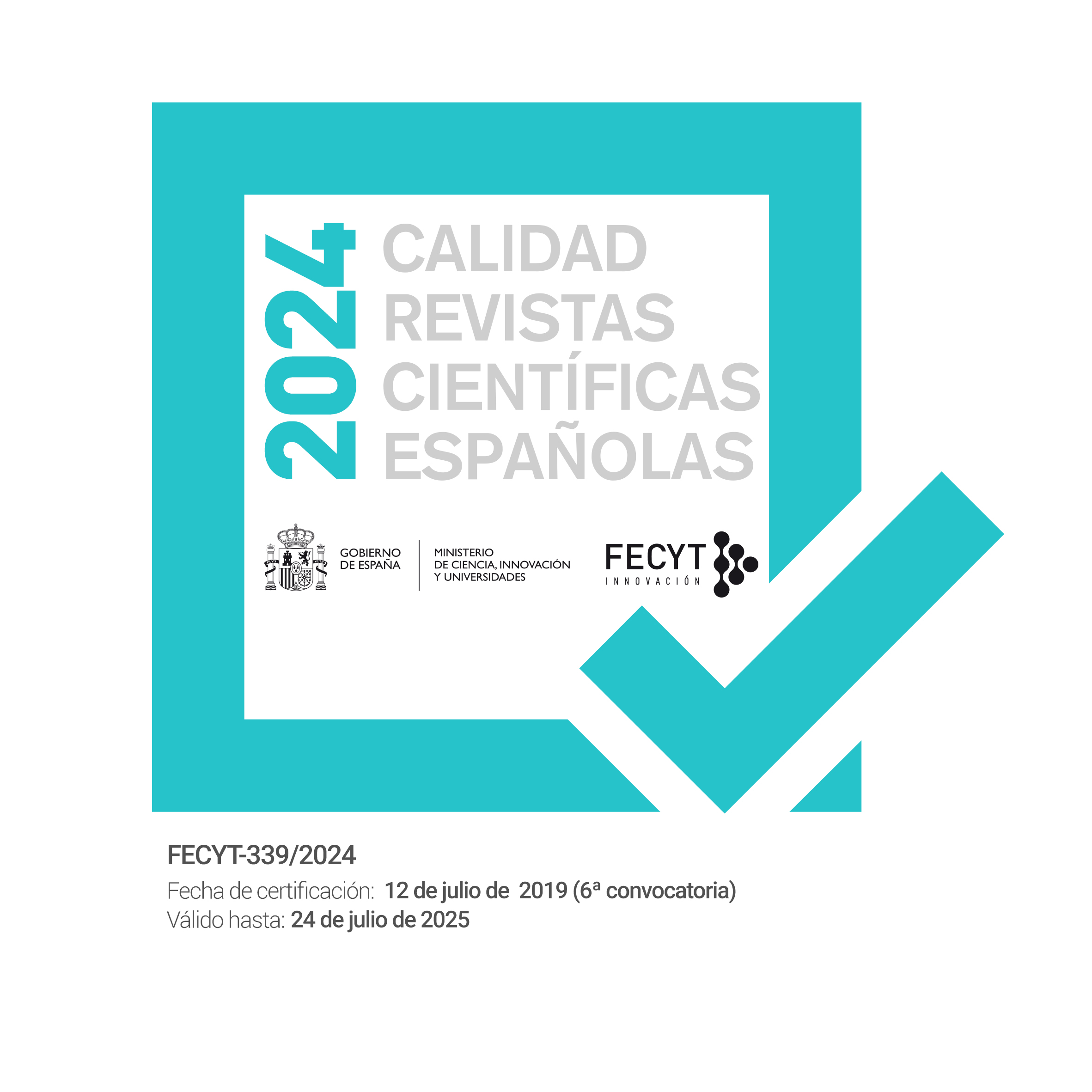Submissions
Submission Preparation Checklist
As part of the submission process, authors are required to check off their submission's compliance with all of the following items, and submissions may be returned to authors that do not adhere to these guidelines.STUDIES
Evaluación por pares externos y especializados. Evaluación ciega. Declaración de privacidad. Evaluadores externos. Criterios de evaluación precisos y públicos.
QUAESTIONES DISPUTATAE
Artículos que debaten sobre contribuciones publicadas en algún número de Claridades.REFLEXIONES Y COMENTARIOS
Esta sección es considerada informativa y de divulgación, no se publican en esta sección, pues estudios, notas ni traducciones críticas, sino reflexiones y comentarios que son evaluados por el consejo de dirección de la revista.
Copyright Notice
This journal provides immediate free access to its content under the principle of making research freely available to the public. All content published in Claridades. Revista de Filosofía, are subject to the Creative Commons Attribution-NonCommercial-ShareAlike 4.0 licence, the full text of which can be found at <http://creativecommons.org/licenses/by-nc-sa/4.0>.
It is the authors' responsibility to obtain the necessary permissions for images that are subject to copyright.
Authors whose contributions are accepted for publication in this journal retain the non-exclusive right to use their contributions for scholarly, research and publication purposes.
contributions for academic, research and educational purposes,
including self-archiving or deposit in open access repositories of any kind.
The electronic edition of this journal is published by the Editorial de la
University of Malaga (UmaEditorial), being necessary to cite the source in any partial or total reproduction.
Privacy Statement
The names and email addresses entered in this journal will be used exclusively for the purposes established in it and will not be provided to third parties or for their use for other purposes.











6.png)
